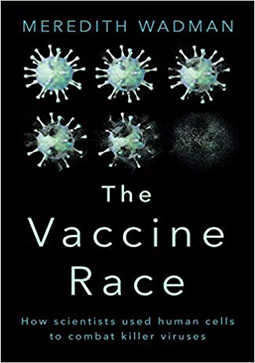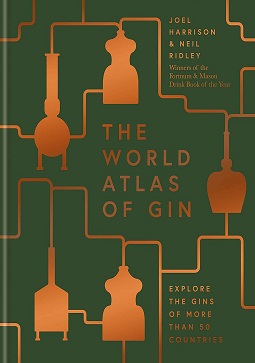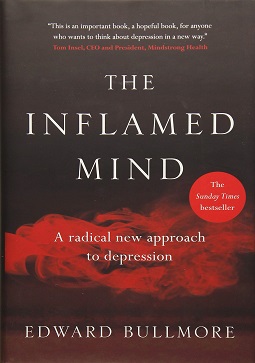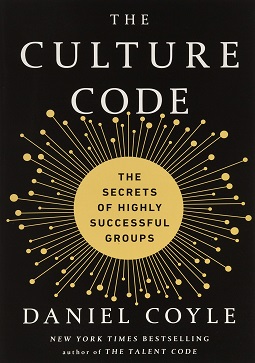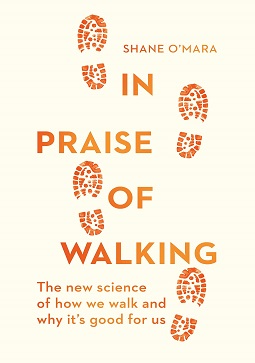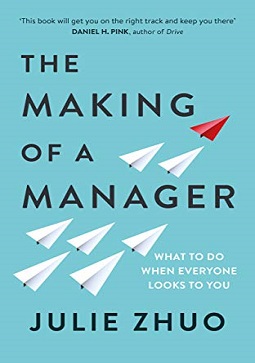NAVEGA EN LA WEB
The Vaccine Race: How Scientists Used Human Cells to Combat Killer Viruses
Meredith WadmanSummary
Until the late 1960s, tens of thousands of children suffered crippling birth defects if their mothers had been exposed to rubella, popularly known as German measles, while pregnant; there was no vaccine and little understanding of how the disease devastated foetuses. In June 1962, a young biologist in Philadelphia, using tissue extracted from an aborted foetus from Sweden, produced safe, clean cells that allowed the creation of vaccines against rubella and other common childhood diseases. Two years later, in the midst of a devastating German measles epidemic, his colleague developed the vaccine that would one day wipe out homegrown rubella. The rubella vaccine and others made with those foetal cells have protected more than 150 million people in the United States, the vast majority of them preschool children. The new cells and the method of making them also led to vaccines that have protected billions of people around the world from polio, rabies, chicken pox, measles, hepatitis A, shingles and adenovirus.
